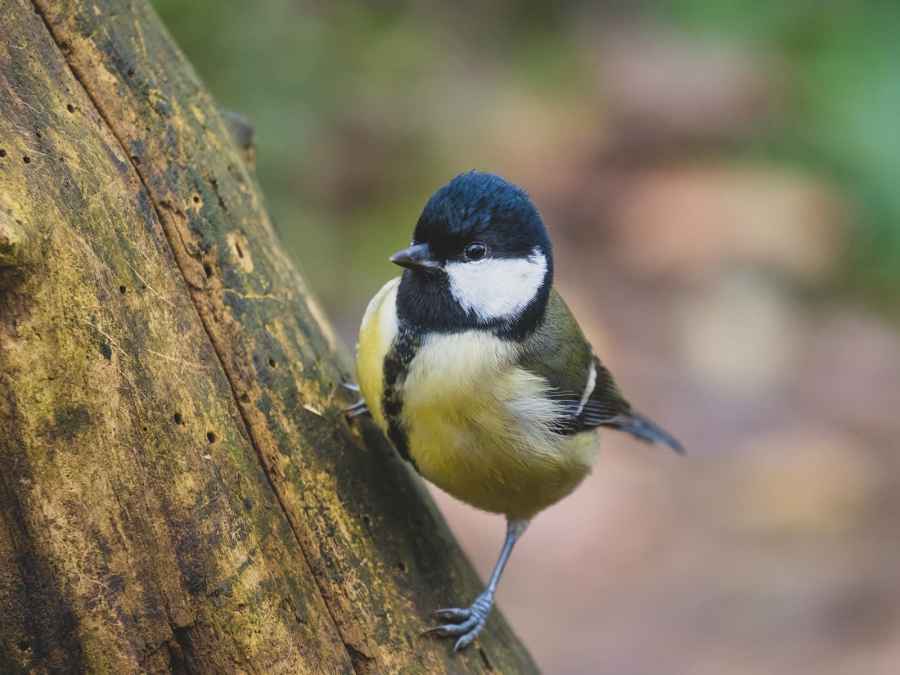There’s no denying 2021 has started under a cloud and lockdown has put the brakes on heading too far with your camera. But with a slice of creativity and a sprinkle of good technique, there are still plenty of photos to be captured in your own home, or in the garden if you have one.
We’ve put together a lockdown list of images for you to try – all of which require virtually no extra or expensive accessories, but will produce impressive results that will fill up your portfolio while keeping boredom at bay…
Birds of a feather
This time of year, hungry birds will be flocking to your garden in search of food. This gives you a perfect opportunity to capture some wildlife images without leaving the comfort of your own home. The first task is to entice the birds to a location where you want to capture them, by puttng bait on a bird table or a nearby tree.
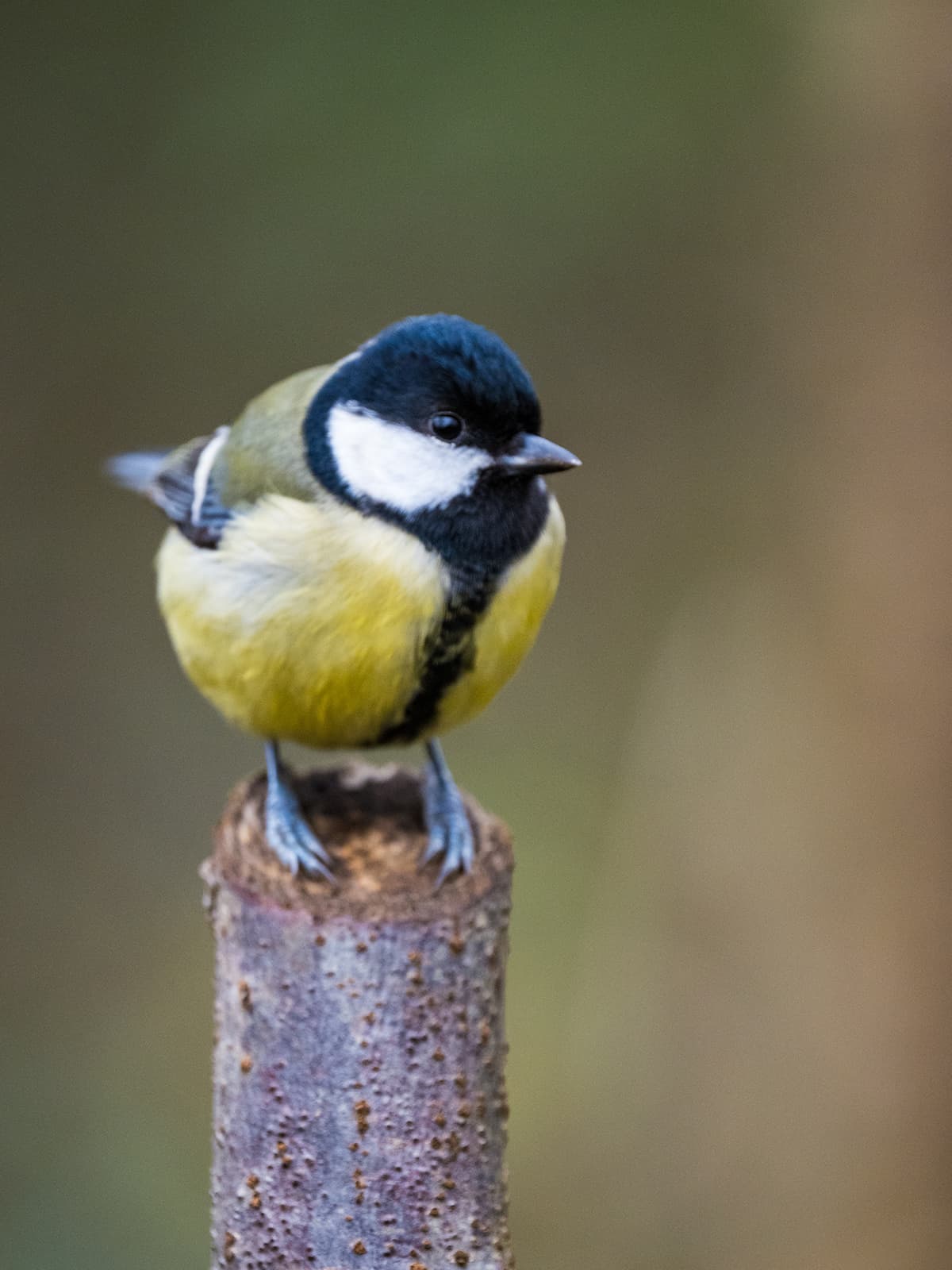
Picking up some bird seed will do the trick, but be aware that you’ll need to get the birds used to the placement of food, so don’t expect to pour some seed out and for the birds to magically appear straight away.
Remember, birds are easily spooked, so the best approach is to find a spot in the house where you can crack open a window and shoot from a distance as this will massively improve your chances of capturing successful imagery. Keeping your distance of course means you will have to employ a longer focal length.
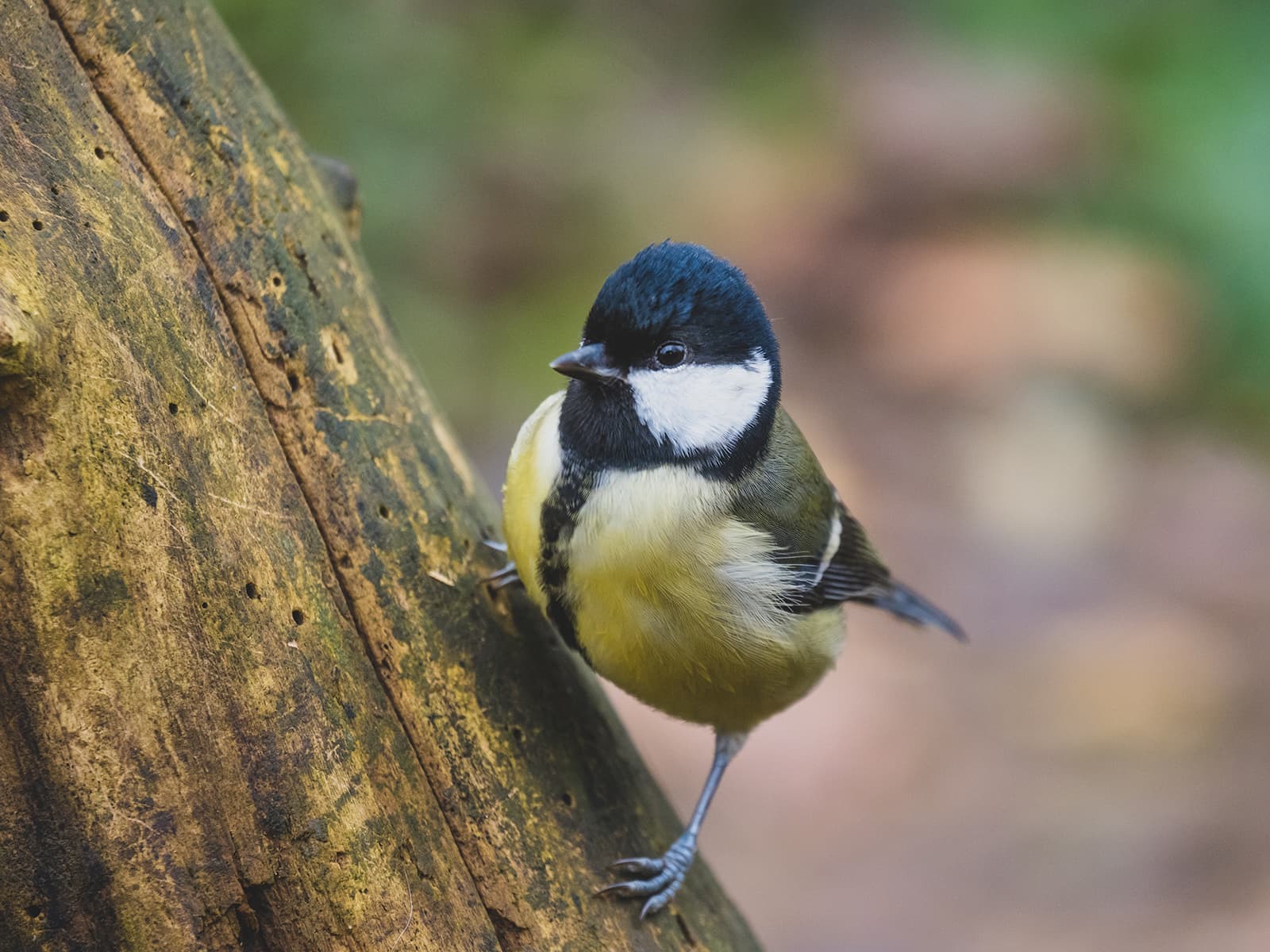
A 70-300mm lens is a good start, but many garden birds are small so you may need to go even longer. Don’t worry, this doesn’t mean you have to rush out and buy a new lens as there are other options.
Using a lens on a crop sensor camera will increase the effective focal length of your lens. 300mm on an APS-C sensor camera becomes 450mm (480mm on Canon DSLRs), while 30mm on a Micro Four-Thirds camera with a 2x crop becomes 600mm.
What’s more, accessories such as tele-converters can boost focal lengths 1.4x or 2x further and can be picked up for reasonable money these days, although it’s also worth mentioned that tele-convertors do reduce the amount of light able to pass through the lens which will lower your maximum aperture.
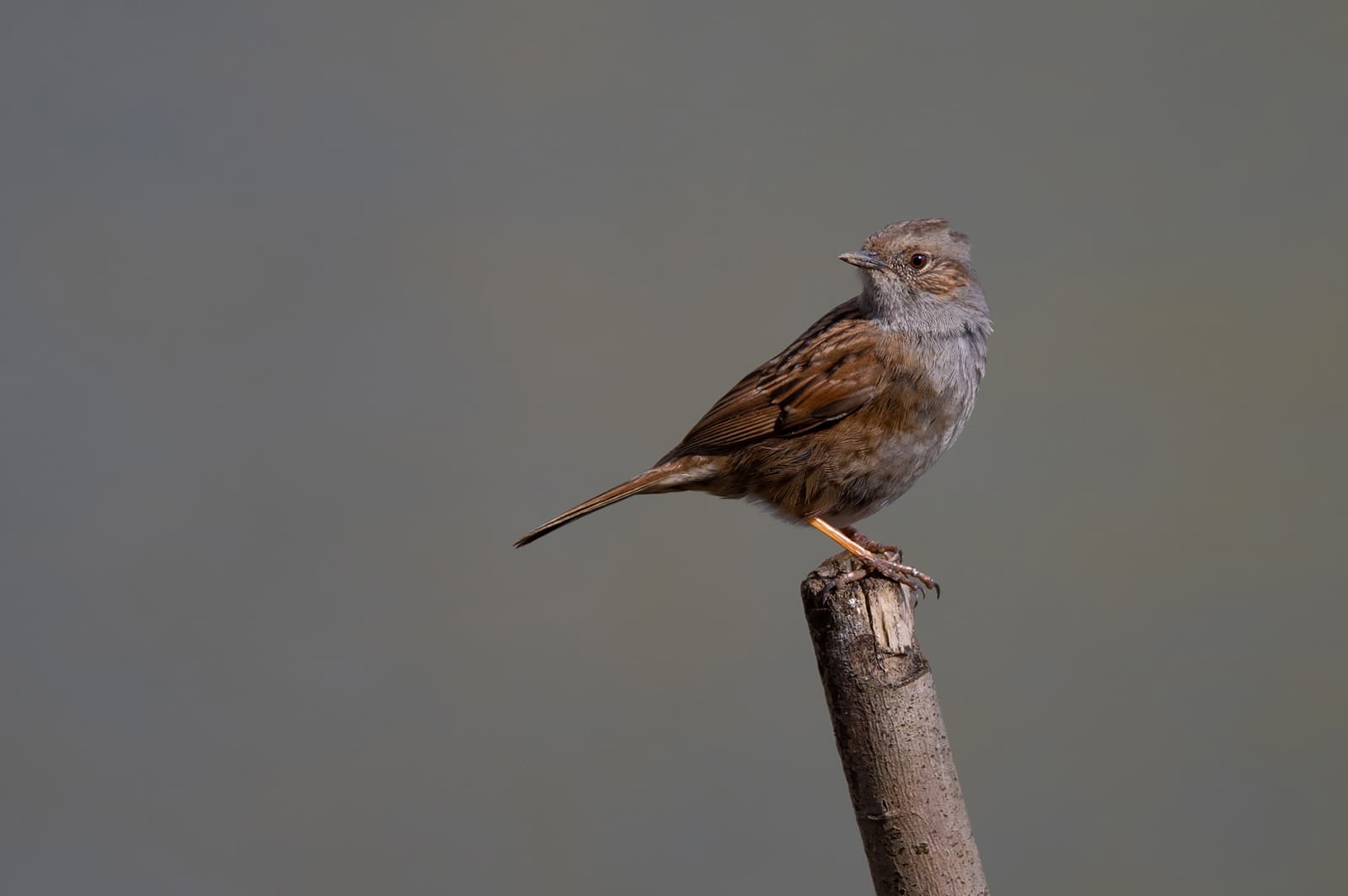
With smaller subjects in the frame, the best approach is to rely on Single-Shot focus rather than Continuous Focus – wait for the bid to land and then focus up and shoot with the camera in burst mode so you capture a sequence of images to maximise your chances of a usable frame.
Revel in refraction
Many of us stuck in lockdown are also homeschooling so here’s a project that weaves a little science in with art. Refraction is the phenomenon where light is bent and it can be used to great effect to produce interesting images.

Find a background that features some lined patterns, place a glass of water (or wine if homeschooling has gone badly that day) and the line patterns will be reversed. It’s then up to you to take the project further and introduce your own twists for artistic effect. Shoot in Aperture Priority mode, you may want to experiment with Exposure Compensation (+/-) to brighten or darken the frame for the most balanced effect in your frame.
Play with colour
Our brains are wired to react to colour and the use of colour in the frame can boost its overall appeal. Learning how to harness the power of colour is a powerful skill and a great project to experiment with is a still-life involving coloured pencils.
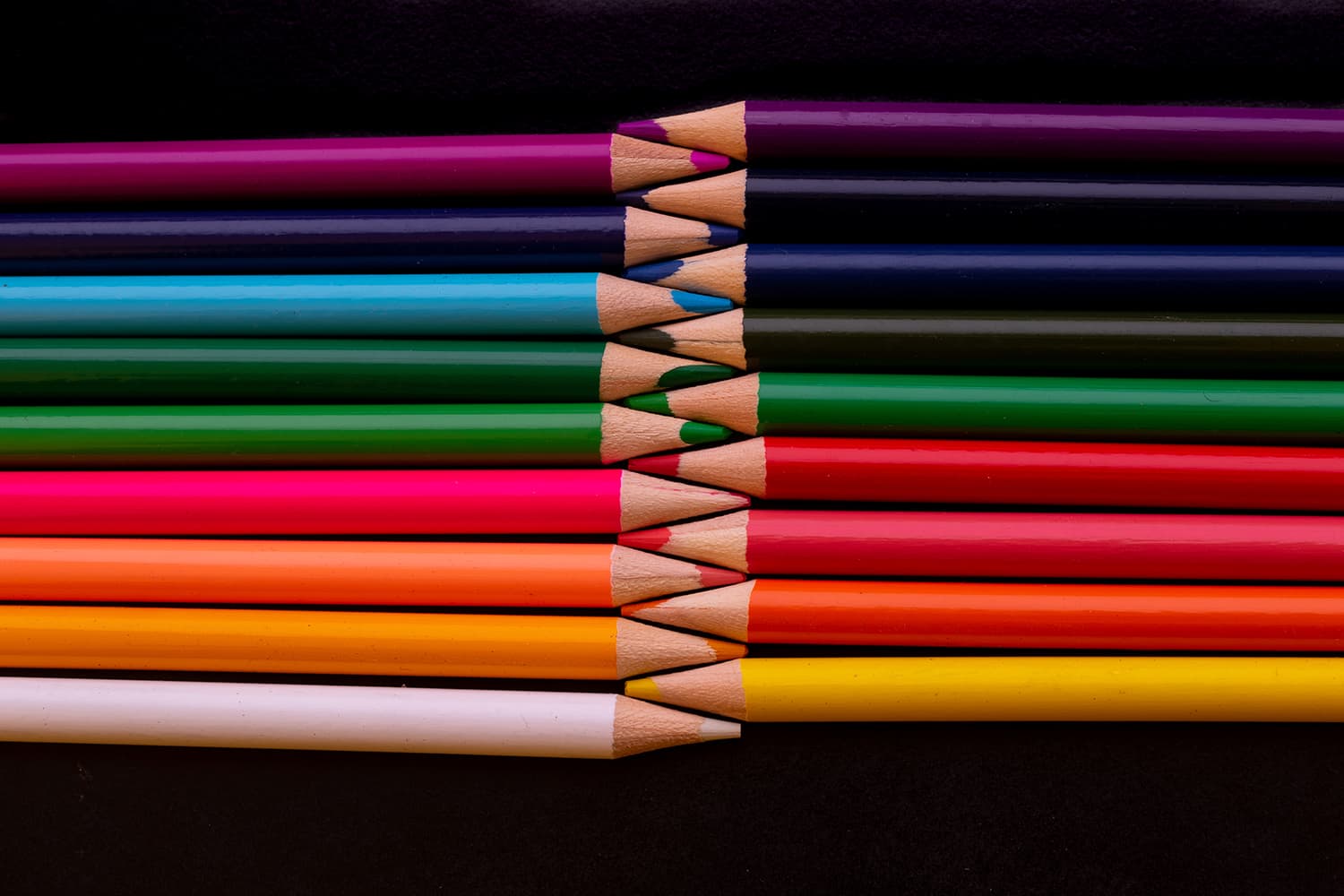
The project starts by finding a dark background, as this will help your colours standout. Next, get creative with the way you introduce the pencils in the frame, do you line them up in a gradual colour shift, maybe from warm colours to cooler colours so that the colours don’t seem so random.
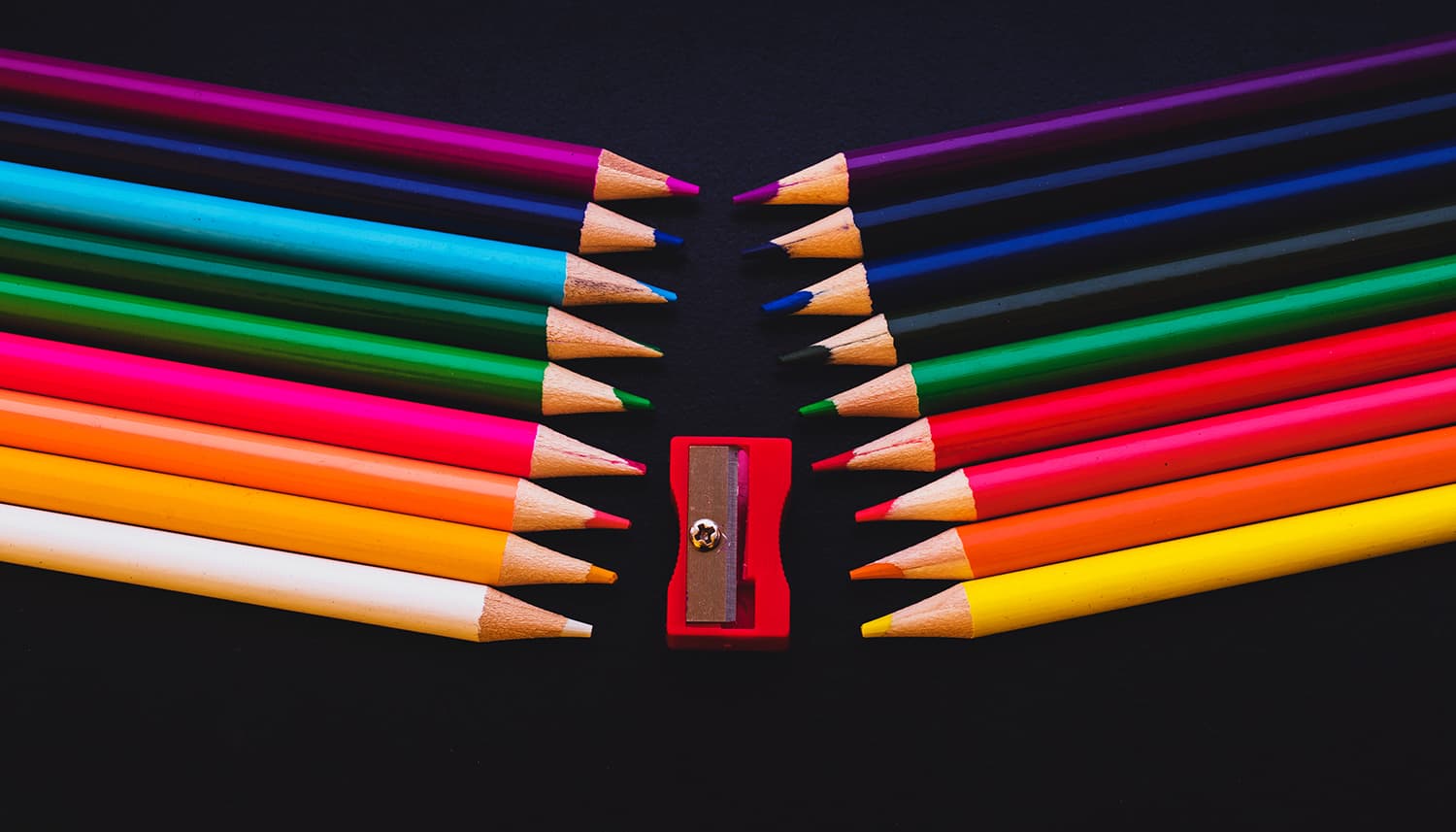
You can choose to light this scene via flash (if you have one) or by simply using window light. To even up the light, you could place a reflector to bounce light back onto your subjects.
Update the family album
Lockdown has reminded us of how important family is and there’s no better time to update the family album with some brand new shots. However, with limited space, one of the problems many of us will run into is finding a suitable, uncluttered background for the portrait – after all, shots with lampshades jutting into view will rarely be printed out and mounted on the wall.

One solution is to step outside the house, not only because the natural light will work far better than indoor artificial light, but also because you can achieve cleaner backdrops.
Greenery in the garden, fence panels, or even brick walls all work well and provide an uncluttered, uniform backdrop that’s interesting enough in itself, but won’t distract from your subject. Focus on the closest eye to the camera and use a shallow depth of field to blur the backdrop.
‘With family portraits, sometimes kids aren’t so willing to pose in front of the camera so the best approach is to make capturing the images more fun and this means letting them play. If you are lucky enough to have a swingset in your garden, turn it into a game where you snap a photo as they swing towards you, or make use of a wendy house by playing peek-a-boo, firing off frames as the kids pop their heads into view.’

If your subjects are young, turn the photoshoot into a game and ask them to close their eyes before counting down from three to open their eyes and smile at the camera. For a final touch, why not capture the classic black and white portrait, either by using a Picture Style/Art Filter to capture mono in-camera or shoot in RAW and convert to black and white back at the computer.
Landscapes from the living room
Landscape photography lovers will be getting itchy feet, longing to be able to travel again to wide vistas and spectacular scenes. However, as we can’t jump in the car and travel at present (though you can take pictures as part of your daily exercise if you have nice landscapes near you), here’s a great project to try from the comfort of your own living room.

Just wait around under the magical golden hour of dusk and wait for the sun to dip and light up the sky. The best sunset pictures come when there is some light cloud – just enough to reflect the low light rays and turn the sky into hues of oranges and pink. As we don’t have any focal points to include in our shots, instead turn the sky itself into the subject and fill the frame with the colour and energy of sunset clouds.

A longer lens will be needed – an optic like a 70-300mm lens will be perfect as the versatility of the zoom will enable you to quickly adjust your compositions. Switch the camera to Aperture Priority mode and dial in an aperture of f/8 – while depth of field isn’t hugely important with this image, most lenses are at their sharpest at this aperture.
In Av mode, the camera will automatically select the shutter speed, but as the light at sunset is typically quite bright, you should be able to discard the tripod and work handheld, and be able to lower the ISO right down to ISO, which will reduce the risk of any digital noise.
Grab a paw-fect portrait
Lockdown has meant that for some, we aren’t able to see family and friends and this means you may be stuck for a portrait subject. Well, remember of course that our subjects can have four legs instead so there’s no better time to capture some portraits of your pets.

Pets are important parts of our lives, so whatever image you take will be precious, but one trap many of us fall into is taking the tired old standard portrait image. Pets are so full of character so try and find a way to tell this story in the frame.

One way to make this happen is to zoom in and capture a feature – for example, your dog’s paw, nose or a close up of their eye. This can help show your pet in a new light and is more of a technical challenge for your photography skills.

You’ll need a longer focal length to fill the frame, and using a large aperture (f/2.8 for example) will help blur the background to make your focal point stand out even more.
If you would prefer to get a slightly wider view of your pooch, try heading out into the garden and holding a tasty treat so your dog looks up, this way you will reduce the risk of including distraction in the background.
Icy windscreen
It’s this time of the year when we often wake up to a heavy frost and this can bring plenty of opportunities for photos close to home, including an ideal opportunity to shoot a clever abstract image. You’ll notice that when there is a heavy frost, abstract patterns will appear on your car windscreen.
Before you reach for the de-icer though, grab the camera instead and frame up a portion of the windscreen to capture the patterns.

With this image, a cooler white balance adds to the icy feel of the frame. If you shoot in RAW file format, you can adjust the white balance using software such as Lightroom or Adobe Camera RAW. If you shoot in JPEG format, try changing the white balance to the Tungsten setting as this should add a blue tint to the frame.
Pro-looking product pictures
There’s one genre of photography that’s nearly always done indoors and that’s commercial product photography. Thinking up creative ways to present a product is great fun and can really stretch your imagination. If you are limited on resources, one pro that can really save the say is your computer screen or an iPad.

This will allow you to search out and display any background image you could imagine to ensure you have a backdrop that will work with your subject. In this example image, we doubled the impact of the computer screen backdrop by placing my subject (a bottle of posh aftershave) on an iPad as the mirrored glass of the tablet reflected the effect from my computer screen.
In terms of camera set-up, you’ll most likely be shooting in low light, so it’s important to support the camera – ideally with a tripod, but if not by solace the camera on a table top. Select Aperture Priority and select an aperture of around f/4 to ensure sharpness while still blurring the background to make your subject stand out.
Further reading
Discover food photography during the lockdown
Can I still go out and take photographs during the lockdown

